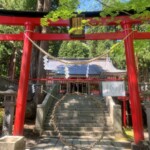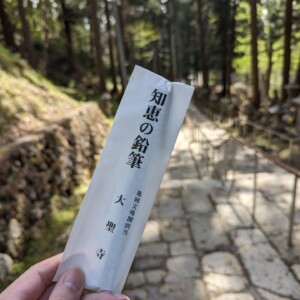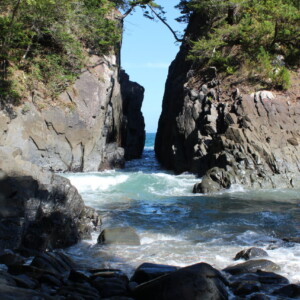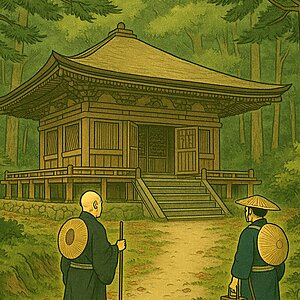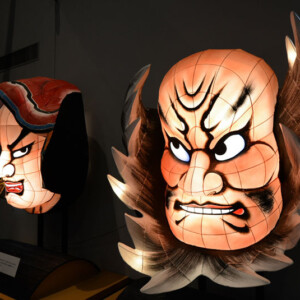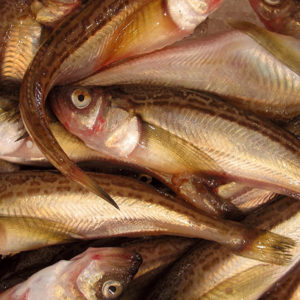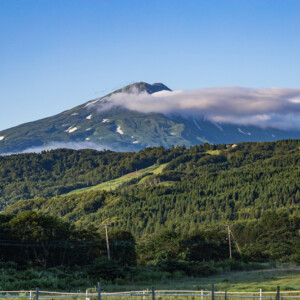
[Series ⑤: The role of the previous nine years and the role of the second three years] 20 years after the role of the previous nine years, signs of war once again spreading to Ou
table of contents
- 1 What are the roles of the previous nine years and the latter three years (Zenkunen no Eki and Gosannen no Eki)?
- 2 What was the reward given to Minamoto no Yoriyoshi and others for the role of the previous nine years?
- 3 The blood relations of the three Kiyohara brothers and the feud after Takesada's death
- 4 Taro Hachiman intervenes in the conflict between the Kiyohara clan.
- 5 summary
- 6 Serialization: The role of the first nine years, the role of the second three years
After the war of the previous nine years, Minamoto no Yoriyoshi returned to Kyoto, and the Kiyohara clan came to rule the Oku six districts of Mutsu (inland of Iwate Prefecture), which had been controlled by the Abe clan. .
The Kiyohara clan was able to acquire vast territory along with the previous three districts of Dewa (Akita Prefecture) by only briefly participating in the war at the end of a long battle.
At that time, the Tohoku region was a rich area where many gold deposits such as gold dust were discovered, and it was also a production area for good horses, so the Kiyohara clan gradually gained great power, but their relationship with the imperial court was good, such as paying taxes properly. did.
The headship of the Kiyohara clan passed from Mitsuyori to his younger brother Takenori, the commander-in-chief of the Nine Years War, and his son Takesada became the head of the family.
Then, during the time of Sanehira, who succeeded Takesada after his death, a commotion broke out within the Kiyohara clan, which led to the role of Gosannen.
What are the roles of the previous nine years and the latter three years (Zenkunen no Eki and Gosannen no Eki)?
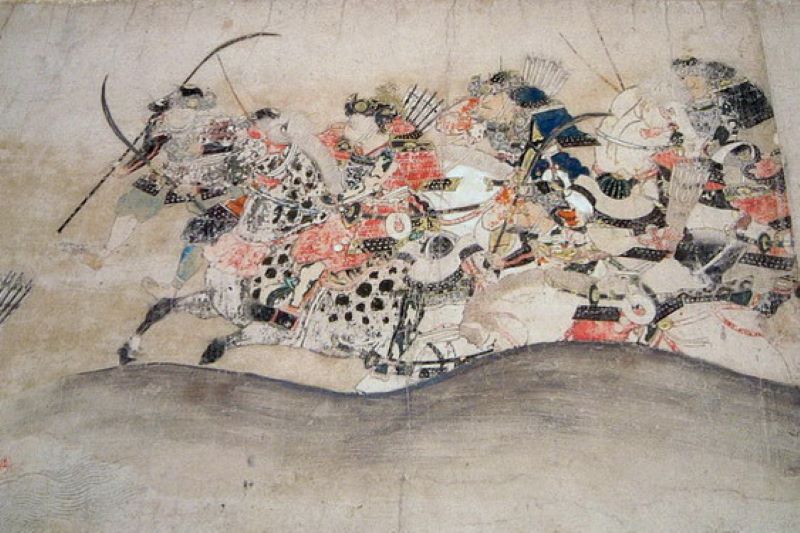
It was fought in Tohoku (Iwate Prefecture and Akita Prefecture) from 1051 (Eisho 6) to 1062 (Kohei 5) and from 1083 (Eiho 3) to 1087 (Kanji 1) at the end of the Heian period. There are two campaigns.
The Battle of the Nine Years was a battle in which the Minamoto clan, dispatched by the imperial court, quelled the rebellion of the Abe clan, which was growing in power in Mutsu (Iwate Prefecture), with the help of the Kiyohara clan.
After that, an internal conflict arose in the Kiyohara clan, which had strengthened its control from Mutsu to Dewa (Akita prefecture), and the dispute over the family headship developed into a battle during the War of the Third Year, and the Minamoto clan was also here. is deeply involved.
These two campaigns led to the establishment of the Oshu Fujiwara clan in Hiraizumi, Iwate Prefecture, and the bond between the Minamoto clan and the samurai of eastern Japan deepened, leading to the establishment of the Kamakura shogunate under Minamoto no Yoritomo.
What was the reward given to Minamoto no Yoriyoshi and others for the role of the previous nine years?
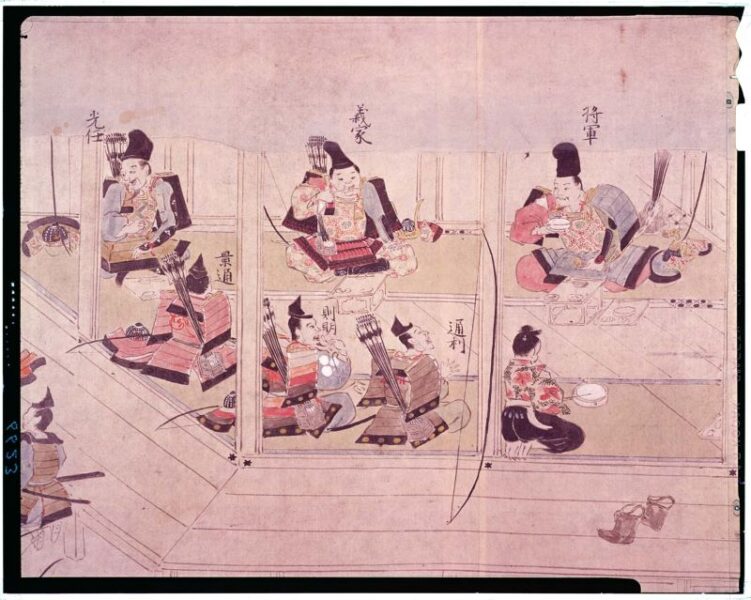
When Yoriyoshi returned to the capital, he was given the official rank of ``Senior Fourth Rank, Lower Iyo no Kami.''
Iyo (Ehime Prefecture) was a warm, fruitful and rich country, and at the time it was the highest reward, but Yoriyoshi's followers received no reward, and Yoriyoshi did not leave it to Iyo for about two years and continued to make requests to the Imperial Court. It seems like it is.
Takenori Kiyohara was elevated from the rank of Jugoi (Junior Fifth Rank, Lower) to the Upper Fifth Rank (Junior Fifth Rank), and was appointed the shogun of the military base, and in addition to the territory of Dewa, he was given the Okuroku District.
Governance of the Okuroku District by the Kiyohara clan
Takenori moved his base from Dewa to Mutsu, and took Abe Sadato's daughter as Takesada's wife.
Sadato's daughter was the wife of Fujiwara no Tsunekiyo, a powerful military commander in the Abe clan, and she remarried with Tsunekiyo's son, but this was to appease the Abe clan's former retainers. It is considered to be a marriage of convenience.
However, this marriage of convenience led to internal conflict within the family.
The blood relations of the three Kiyohara brothers and the feud after Takesada's death
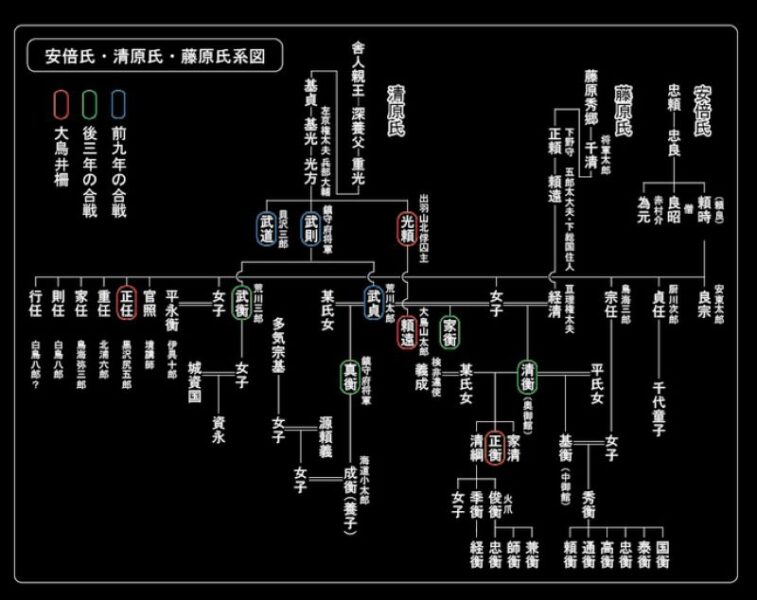
Takesada's successor was Mae, but he had two younger brothers with complicated blood ties.
One was Iehira, who was born to Takesada's wife, the daughter of Abe Sadato and the wife of Fujiwara Tsunekiyo, and the other was that woman's stepchild, who was Fujiwara Tsunekiyo's child. My name is Kiyohira.
Mae and Ioe are half-brothers from the same father, Ioe and Kiyohira are half-brothers from the same mother, and Mae and Kiyohira are not related by blood.Amidst a complicated relationship, Mae, who wields authority as the head of the Kiyohara family, has a younger brother. The two were said to have been dissatisfied.
The origin of Gosannen's role was a trivial clan dispute.
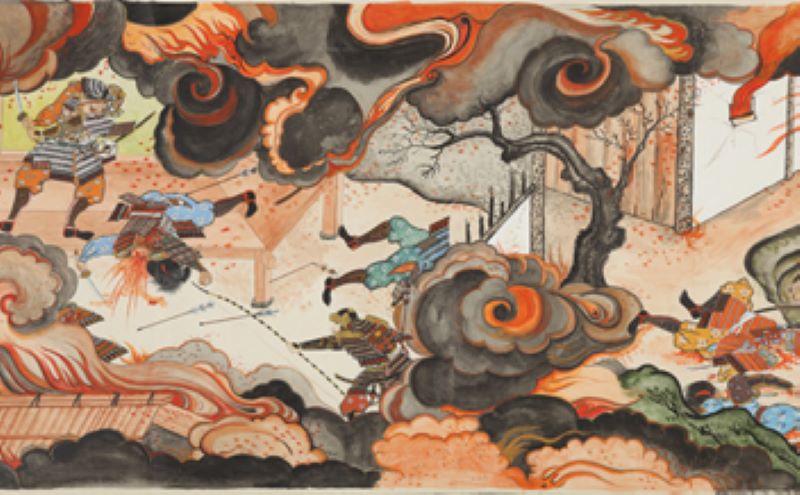
Mae, who has no biological children, adopted Naruhira, a native of the Heike clan, as his successor, which led to a conflict with the elders of the clan, such as Yoshihiko Hidetake. It was getting worse.
Seiji is to marry the daughter of Minamoto no Yoriyoshi, and his uncle-in-law, Hidetake, comes to Mae's mansion with gifts to celebrate.
There is a theory that this daughter of Yoriyoshi was the daughter of Yoshiie, Yoriyoshi's son, but in any case, by deepening the Taira and Genji blood, the Kiyohara family tried to raise the status of the family. Maybe there was.
However, Mae kept Hidetake waiting while he was absorbed in playing Go, so Hidetake lost his temper after being kept waiting, threw the gold dust he had brought as a gift into the garden, and returned to the Dewa mansion.
Shinei, who felt disrespected by this incident, raised his troops to attack Hidetake, but this trivial family dispute soon developed into the war of the third year.
The direct line Mae vs. the two younger brothers
Perhaps because Shine tried to transform the Kiyohara clan, which had been a united family of members of the same clan, into a samurai group centered on the leader like Genpei, his arrogant behavior was noticeable, and his two younger brothers and elders such as Hidetake were distressed by this. I felt very strong.
It is also said that Hidetake was trying to have Shinei's successor not be his adopted son, but Ieyoe, who had Takesada's blood, to succeed him, and Shinae may have been looking for an opportunity to eliminate Hidetake.
The number of Shinei troops raised was 8,000, while Hidetake had only 6,000 soldiers, which was a disadvantage, so Hidetake invited Kae and Seie, who had always been on bad terms with Shine, to attack Shine's mansion. .
However, Shinei sensed this and returned his troops from Dewa, so the two withdrew their troops.
Taro Hachiman intervenes in the conflict between the Kiyohara clan.
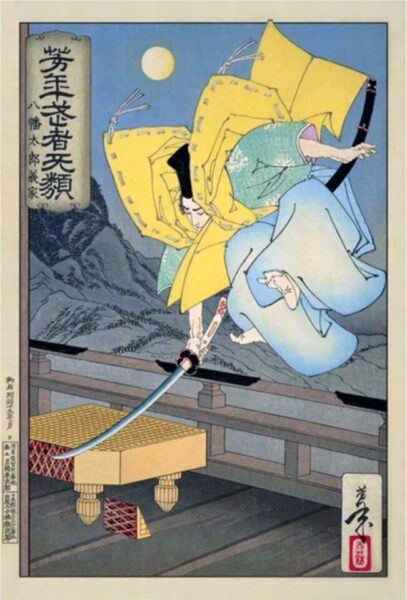
The following year, in 1083, as Shinei was preparing to defeat Hidetake, Minamoto no Yoshiie arrived as Mutsu no kami, and Shinae entertained Yoshiie, requested his help, and then went to war. invaded.
Then, Kaei and Seie attacked Shinei's residence again, but Shinei's remaining troops, who were fully prepared, fought hard, and Yoshiie led the Kokufu army and went there as reinforcements, so Kaei and Seie attacked Shinei's mansion again. The Allied Forces retreat again.
Upon receiving this, Mae marched his army towards Dewa, but suddenly died of illness on the way.
With this, the internal conflict within the Kiyohara family will come to an end for the time being.
summary
After Mae, the leader of the Kiyohara clan, died, the dispute over his successor was seemingly settled with Minamoto no Yoshiie acting as a mediator, and Yoshiie's influence in Dewa and Mutsu grew even more.
However, because Yoshiie distributed the territory fairly between the two, Kae, who was descended from the Kiyohara clan, became dissatisfied with the fact that he and his adopted son Kiyoe were treated the same, and eventually exploded. (Continued to 2019 role/Go 3 years role ⑥).









![[Series 1: The role of the previous nine years and the role of the later three years] Why did the Ou War at the end of the Heian period take place? Shiba Castle Ancient Park](https://jp.neft.asia/wp-content/uploads/2023/11/6e4e9113cd864c9d5892db200df1ec1c-150x150.jpg)
![[Series ②: The role of the previous nine years and the role of the second three years] The role of the previous nine years is from the truce to the battle again, and the Kokufu army is struggling Taga Castle Ruins](https://jp.neft.asia/wp-content/uploads/2023/11/a0b8b1213124e7a13c7308fa81e053a2-150x150.jpg)
![[Series ③: The role of the previous nine years and the role of the second three years] Abe's army, which boasts unparalleled strength, is forced into a predicament by Minamoto no Yoriyoshi Minamoto Yoshiie](https://jp.neft.asia/wp-content/uploads/2023/11/134a54642694b5a7a2440647a33b73be-150x150.jpg)
![[Series ④: The role of the previous nine years and the role of the second three years] Mr. Kiyohara's participation in the war completely changed the flow of the role of the previous nine years 1000310_m](https://jp.neft.asia/wp-content/uploads/2023/11/1000310_m-150x150.jpg)
![[Series ⑥: The role of the first nine years and the role of the second three years] From the internal conflict in the Kiyohara clan to the battle for the family succession, the role of the third year after it was considered a private war Three years later 1](https://jp.neft.asia/wp-content/uploads/2023/12/c0edc0a05afd06375d9f91bd4b7c9472-150x150.jpg)
![Hiyama Ando clan, ruled Akita during the Sengoku period and based in Noshiro [Akita Prefecture] Akita Fan](https://jp.neft.asia/wp-content/uploads/2025/03/0275d341934f847be3452ea4662d9a4e-150x150.jpg)
![[Series ⑦: The first nine years of roles and the second three years of roles] The bond between the Genji and Togoku warriors, and the beginning of 100 years of prosperity of the Oshu Fujiwara clan Mokoshiji Garden Oizumi Pond in Winter](https://jp.neft.asia/wp-content/uploads/2023/12/75325853c50b8afdb1ab8cca28718b3a-150x150.jpg)
